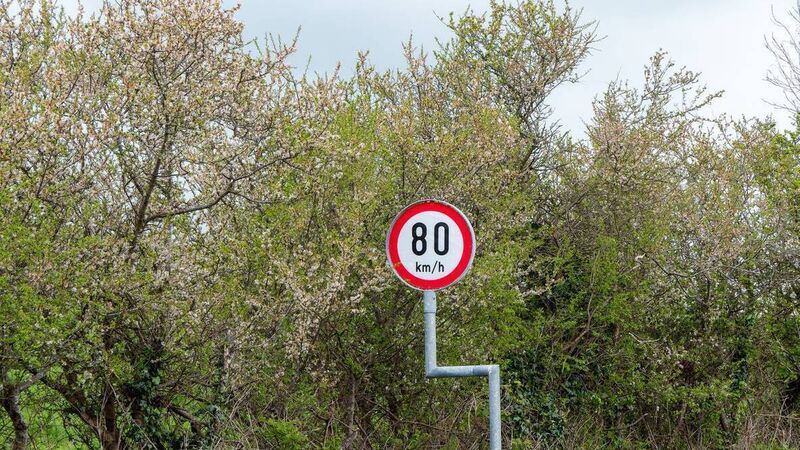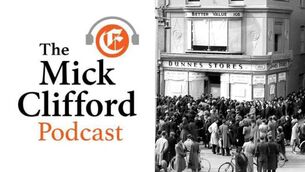Retrofitting our streets is the optimal road safety solution

'Cutting traffic speed promotes walking and cycling and brings public health gains that are accentuated by critical mass effects.' File piture: iStock
The father of a young boy who was killed after a driver failed to stop at a pedestrian crossing has called for better enforcement of road safety laws.
Eight-year-old André Castro Ladeiro died after being struck by a pick-up truck in Carrigaline, Co Cork, in August 2023.













